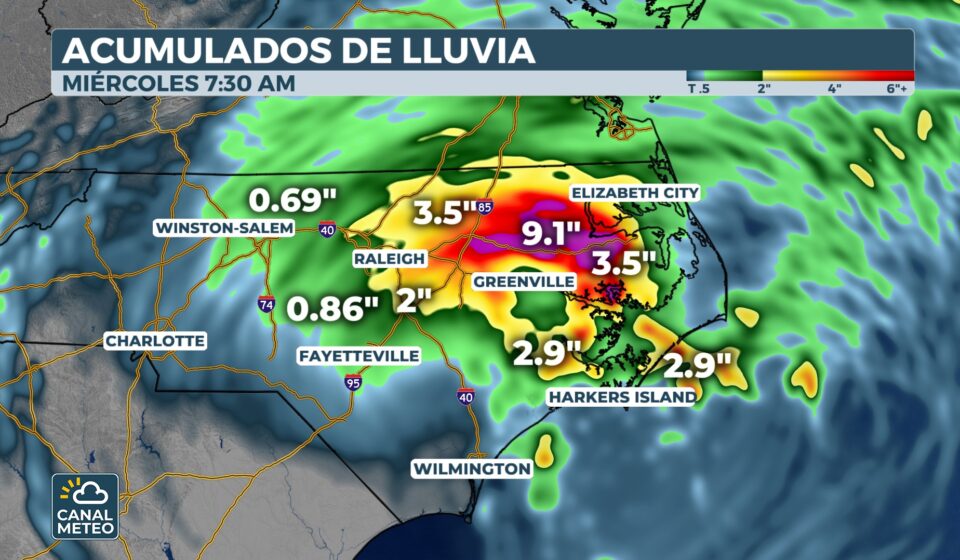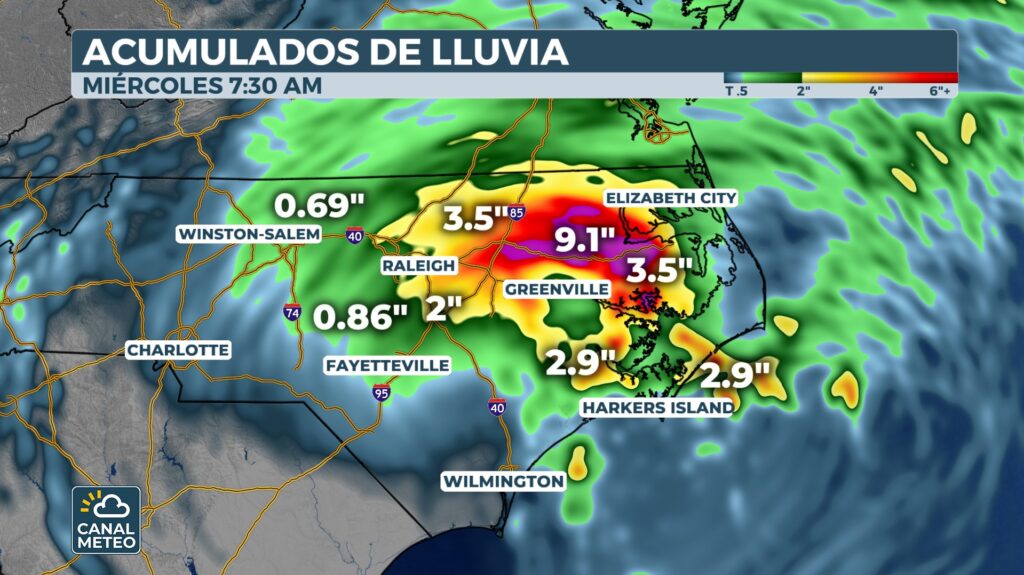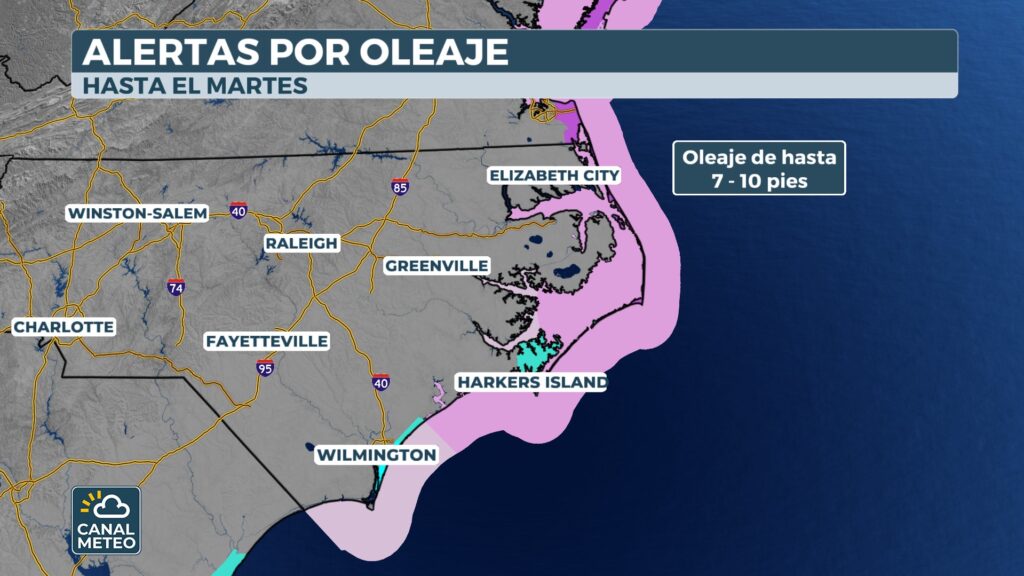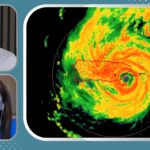
Flooding in North Carolina
Coastal Storm Threatens Mid-Atlantic with Dangerous Surf and Flooding
A powerful coastal storm swirling off the mid-Atlantic is lashing parts of North Carolina and Virginia with heavy rain and intense winds, raising concerns about flooding, massive waves and rip currents on local beaches as summer draws to a close.
According to forecasters, the coastal low pressure that has been forming near the Carolinas is expected to slowly move northward over the next few days, and will bring several rounds of unstable weather to the mid-Atlantic.
The exact path of the storm and how long it will remain in the region is still uncertain. However, forecasts indicate that Monday and Tuesday will be rainy and stormy days.
Some computer forecast models show that the coastal storm could move farther north into Maryland, Delaware and New Jersey. Others keep the system stationary off the mid-Atlantic coast.

Coastal Storm Causes Power Outages in Kitty Hawk, North Carolina
Either way, forecasters say widespread heavy rain is likely. There is even an isolated tornado risk along the coast in parts of North Carolina and Virginia.
Most areas could receive 2 to 3 inches of rain, and some areas could record up to 3 to 5 inches.
And if the rain falls too quickly, flash flooding could occur, especially on Monday and Tuesday.
The NOAA Weather Prediction Center (WPC) has placed areas of North Carolina and Virginia at a flood threat level 2 of 4 for Monday, and a level 1 of 4 for Tuesday.
In addition to the threat of floods Because of excessive rainfall, there is concern about coastal flooding due to water being pushed offshore. The storm is pushing much of the winds onshore, and a high pressure system is doing the same. This compound effect pushes water toward places like Virginia, the Carolinas and the Outer Banks.

As a result, coastal flood warnings, coastal flood watches, wind warnings and high surf warnings are in effect from North Carolina to Virginia.
Wind gusts of up to 45 mph are possible, and waves of 6 to 10 feet can be expected to break on the coast.
In addition, life-threatening rip currents are possible along the entire east coast from Florida to the northeast, and the public is urged to stay out of the water.
Those conditions will give coastal communities from the Outer Banks in North Carolina to Virginia a tropical-like feel.
However, this system is not expected to develop into a tropical storm because the Atlantic waters off the coast are too cold for it to develop. Instead, meteorologists explain that the storm is forming due to the collision between warm air from the sea and cooler air moving in from land.
This process produces strong nor'easter-type storm systems rather than tropical systems.






